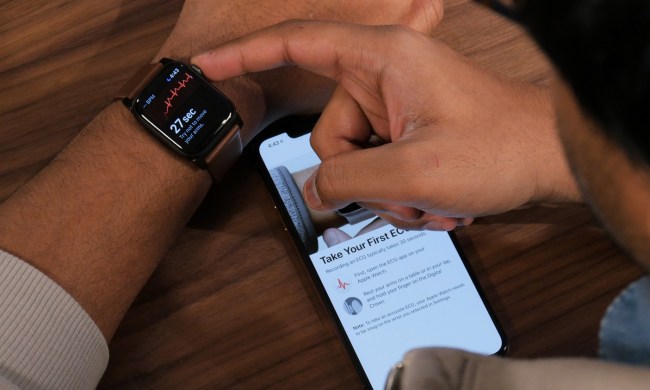
Glycemic index was the center subject of the study. It’s a scale of carb foods that assigns a number indicating how foods alter blood glucose level over the course of two hours. This is known as glycemic response, and has generally been used to determine what you should eat to stay healthy. This study and clinical trial have revealed that it may not be a fully accurate predictor of whether or not a given food will make a person’s blood sugar spike.
Co-author of the study Dr. Elan Elinav explained it to ABC Australia this way; “If my and your response to the same food are opposite, then by definition a similar diet cannot be effective for both of us.”
Elinav and the other team members confirmed this through a clinical study of some 800 volunteers, a mix of prediabetics and healthy people. The team monitored the volunteers’ blood sugar levels, and provided them with an app to record meals and physical activity. Researchers used blood draws and gut bacteria (via stool samples) to reveal the makeup of their microbiome.
Dr. Elinav said, “We would expect that in average people, their blood sugar would spike more on ice cream than rice.” However, the results didn’t match up to expectations. “Some people did exactly, that, but others did exactly the opposite. They were not responsive to ice cream at all, and actually close to 70 percent of the study population did not even spike on ice cream.”
The research team recorded data over the course of a week and used it to develop an algorithm that can predict a person’s glycemic response to a particular food. The prediction is based on the person’s daily activity, microbiome, and several other factors, such as cholesterol level.
When researchers checked the algorithm’s accuracy on 100 more people, they found glycemic response predictions to be dead on. But the team didn’t stop there. The final test involved comparing the algorithm with experienced dietitians’ advice. When the algorithm was pitted against the dietitians in advising a group of pre-diabetics, the algorithm beat the human experts at offering dietary suggestions that would actually help improve their individual prediabetic blood sugar levels.
People — aside from the dietitians, probably — were understandably happy. Dr. Elinav said, “This told us that we had a very useful tool that could utilize this huge amount of data to do something predictive at the individual level.” And this was where that personalization really shined. “What was interesting was that some of the food ingredients that were included in some of these people’s good diets were included in other people’s bad diets, so it was completely individualized.”
This could signal a huge change in the way diabetics manage their condition. For instance, Dr. Eran Segal, another author of the study told the Atlantic, “People with type I diabetes determine how much insulin to inject based on the amount of carbs they’re going to have in their meal,” but this study reveals carb content and the corresponding glycemic index doesn’t necessarily correlate with the amount a person’s blood sugar might spike.
This may be one more strip away from the image of the boring, tasteless diet. Segal notes that people got indulgences such as alcohol, chocolate, and ice cream in moderation; items you wouldn’t expect to be recommended by a dietitian.
The research team is planning to collect more info on the study participant’s physical activity, genetics, and microbiomes. They are also in the midst of a longer study monitoring the success of the algorithm’s personalized diets over the course of a year. With over 4,000 volunteers on the waiting list to take part in the next study, it’s safe to assume that people are eager to see if the algorithm really works.


